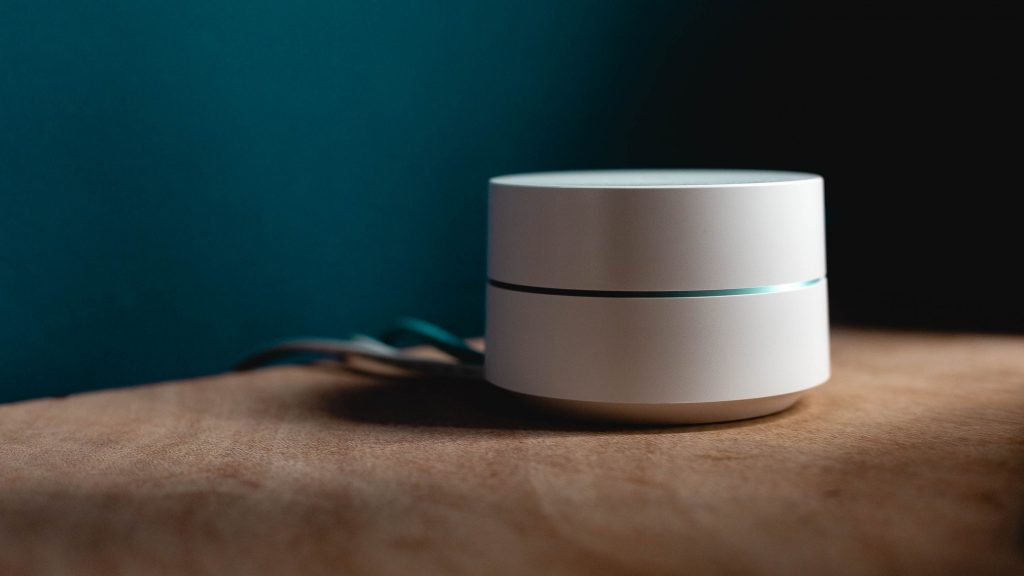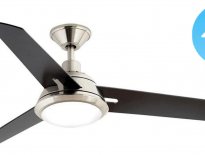Your wireless router is ancient and you notice all your wireless devices seem slow. You’ve heard of other routers getting hacked and wonder if yours might be next. You read about some fancy new feature and wonder which router you should get with that feature. Whatever the reasons, if you want or need to buy a new router this is the right article for you. This is a step by step guide to assessing your router needs and picking a router.
Do you want to skip all the steps and just get a router recommendation? Then jump over the router section of my Buyer’s Guide and pick one!

Table of Contents
Determine Your Bandwidth Needs
You primarily need to understand your Internet download needs. Download bandwidth needs are determined by the resources you pull into your network from the Internet (streaming services, gaming, torrenting, etc.). You want to make sure and buy a router that can handle your Internet speed. My wifi troubleshooting guide walks you through steps calculate your bandwidth needs.
Keep track of your bandwidth needs. You’ll use this number in your criteria for selecting a wireless router.
You may wonder about upload bandwidth. Examples of activities that require more upload speed include VPN connections, video calls, and some online games. However, upload speeds from Internet providers are usually the same or slower than their download speed. Your router will most likely support your upload speed if it supports your download speed.
Determine How much Space You Need to Cover
Most people use their router as a wireless access point. If you do, you’ll want a wireless router that provides your entire home with stable, fast wifi. You’ll need to consider at least two factors when determining the range:
- What protocol(s) do you plan to use? 2.4Ghz protocols (e.g. 802.11n, 802.11g) cover more range and support more devices. 5Ghz protocols (802.11ac, 802.11n can be 5Ghz as well) cover less range but are faster and less prone to interference.
- Where in your house will you place your wireless router? Generally, the best place for whole house coverage is in the center of your house, but few people place a router there. If it is at the edge of a floor or house, it has less chance of covering the house.
Wifi range for routers varies greatly. A good wifi router will cover 2000 square feet easily. Some can cover up to 5000 square feet. If you have a large home and/or lots of devices you should consider buying a router and supplementing with wireless access points, or investing in a mesh router system.
Determine budget
I recommend you budget at least $100 for a good wifi router. You can get away with less, but if you can get the $100 mark then there is a significantly lower chance you’ll be disappointed with your purchase. I’d recommend saving up until you can reach that point because the wireless router is an important piece of equipment for your network. If you are willing to go up to $200 you should be able to get all the features you are looking for.
Pick a Wireless Router
Seems simple right? Here are a few things to look for, and some to avoid:
Features to look for:
- Support for Wireless AC. There is no point in buying a router that doesn’t support this protocol. It is faster and more stable than the protocols that preceded it, and most mobile devices made in the last few years support it.
- Supports MIMO. MIMO (multiple-input and multiple-output) allows the radio in your router to connect to multiple devices without slowing down each connection when compared with wireless routers without MIMO. SU-MIMO (single user) is good, and MU-MIMO (multi-user) is even better.
- Quality of Service (QoS). This allows your router to specify the types of Internet traffic (e.g. video streaming, gaming, etc.) that have priority over other types of traffic. QoS can also be used to give priority to devices (like your mobile phone or PC) over other devices.
- Supports WPA2 AES security for Wifi. Anything less is not secure.
- Gigabit Ethernet ports. The wired connections to your router should also be fast.
- Guest Network. A guest network is an essential part of wifi security.
- Consistent firmware updates. You should be able to set up automatic security updates, or at least be able to be notified or check for them from the router interface.
A Couple Things to Avoid
- ISP’s provided model. Chances are this model is bundled with a modem making it more of a single point of failure from a security and reliability standpoint. Renting this unit over time will probably cost more than buying one, and these routers are often fraught with security issues.
- Older routers. Get one that is new, or at least receives frequent and recent security updates
Read Reviews Before Purchase
You may have narrowed it down to two or three routers. Use professional reviews (CNET, Toms’ Guide, here!) and user reviews (Amazon, Newegg) to get opinions and learn more about the router to help you make your decision. If you have questions about the router, this is the way to get real-world answers.
Final Thoughts
You can also build your own router. I built a pfSense router and here are some of the reasons why. You can also virtualize your router. These options aren’t for most people and, luckily, there are a lot of great consumer wireless routers out there. If you are looking for some recommended wireless routers to start your research, be sure to check out my Buyer’s Guide.
What router do you have? What routers are you considering? Let us know in the comments or on Twitter!
Editor’s note: This page contains a couple of affiliate links. I receive a commission if you purchase a product through one of my affiliate links, at no cost to you. Read my disclosures for more information.


